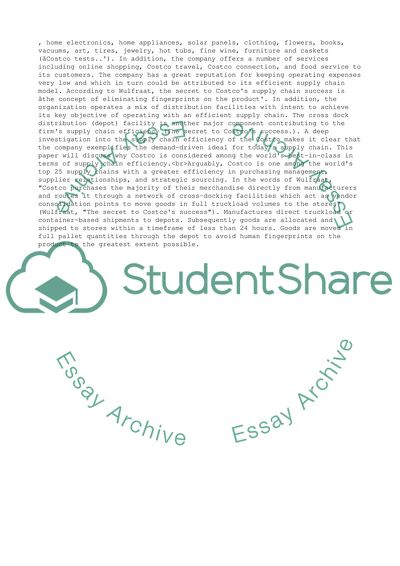Cite this document
(Supply Chain Management Essay Example | Topics and Well Written Essays - 2500 words - 1, n.d.)
Supply Chain Management Essay Example | Topics and Well Written Essays - 2500 words - 1. https://studentshare.org/business/1843463-supply-chain-management
Supply Chain Management Essay Example | Topics and Well Written Essays - 2500 words - 1. https://studentshare.org/business/1843463-supply-chain-management
(Supply Chain Management Essay Example | Topics and Well Written Essays - 2500 Words - 1)
Supply Chain Management Essay Example | Topics and Well Written Essays - 2500 Words - 1. https://studentshare.org/business/1843463-supply-chain-management.
Supply Chain Management Essay Example | Topics and Well Written Essays - 2500 Words - 1. https://studentshare.org/business/1843463-supply-chain-management.
“Supply Chain Management Essay Example | Topics and Well Written Essays - 2500 Words - 1”. https://studentshare.org/business/1843463-supply-chain-management.


